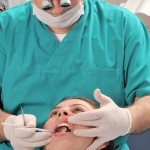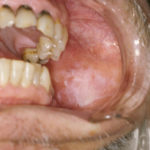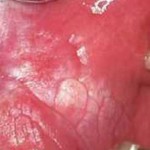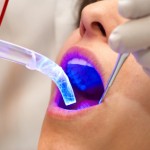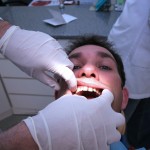
This review of the malignant development rate of oral erythroplakia and associated risk factors included 10 studies involving a total of 441 patients. Meta-analysis of 3 studies suggest a malignant development rate = 19.9% (95%CI; -1.6% to 41.4%).
[read the full story...]